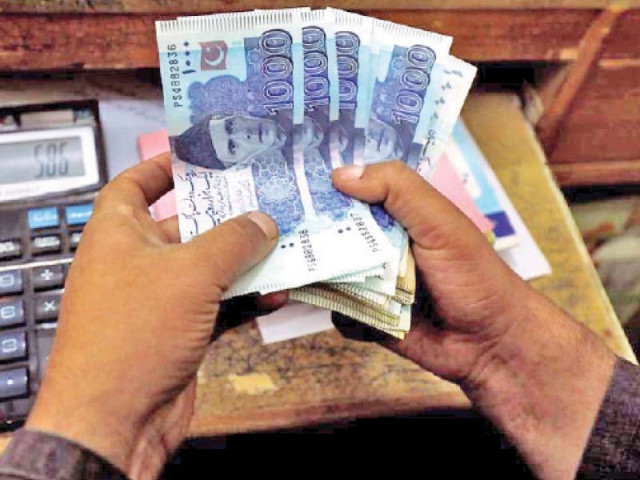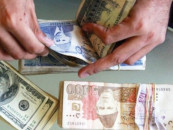Bank borrowings soar despite second Covid wave
Business confidence improves on expectations of promising outlook

The level of business confidence is gradually improving as many industries belonging to the manufacturing and services sectors have increased borrowing from banks on a promising outlook despite the country suffering from the second wave of Covid-19.
Among the non-traditional sectors, education - particularly the higher education sector - was seen borrowing from banks during these testing times, according to the central bank.
Besides, health, pharmaceutical, construction, textile, oil and gas exploration and refineries, information and communication and personal and consumer financing sectors were also in the list of top borrowers during November.
The sectors which opted to partially pay off the outstanding loans rather than taking new ones included agriculture and food, tyre and rubber, electrical and computer manufacturing and chemical production sectors.
Credit to the private sector increased by net Rs121.30 billion, or 2%, to outstanding loans at Rs6.24 trillion on November 30, 2020, compared to Rs6.12 trillion at the end of November last year, the State Bank of Pakistan (SBP) reported this week.
Earlier in November, the central bank said the confidence level of businesses touched high levels of optimism in August, as businesses applied for long-term subsidised loans for at least 338 new projects during Covid-19.
The improvement in the expected business confidence index (a sub-component of the overall business confidence index) was more pronounced, as it touched its second-highest level since the start of this survey. Importantly, this optimism has also begun to reflect in planned investment activity in the country.
“Funding requests under the SBP’s Temporary Economic Refinance Facility (TERF) have risen sharply in recent weeks. The scheme, which provides subsidised financing to businesses undertaking capex (investment) or BMR, has so far attracted 338 projects. These developments, along with optimism in the housing and construction sectors, could help accelerate the economy’s recovery process in FY21,” SBP said on FY21 outlook in its annual report for FY20.
The central bank hoped the economy would take off partly with support from the government-backed housing and construction sector, which can activate at least another 40 allied industries including paint and wood-work.
The construction sector increased the outstanding borrowing from banks by over 7%, or Rs10 billion, to Rs143.70 billion in November compared to Rs133.93 billion in the same month of the last year, according to SBP.
To recall, Prime Minister Imran Khan aggressively slashed the tax rates for the housing and construction sector earlier this year in a bid to fulfil his pre-election promise of delivering five million low-cost housing units during his five-year elected tenure and generate job opportunities for daily wage earners during the pandemic.
Besides, he introduced an amnesty scheme for investors in the sector that the government would not inquire about the source of investment in the new housing and construction projects valid until December 31, 2020.
The education sector surprisingly increased bank borrowing by 53%, or by Rs10.5 billion to Rs30.24 billion in November compared to Rs19.75 billion in the same month of the last year, according to SBP.
Over half of the fresh borrowing in the education sector was done by the higher education sector. Besides, technical and vocational secondary education, general secondary education and pre-primary and primary education sectors also increased borrowing.
The single largest export earning sector of Pakistan, the textile sector increased borrowing by over 9%, or Rs92.33 billion, to Rs1.09 trillion in November compared to Rs1 trillion in the same month of the last year.
Many textile manufacturing units have opted to expand their production capacity after they operated at over 100% installed capacity in the wake of huge export orders received during Covid-19-fuelled lockdown. The higher number of Covid-19 cases in China and India diverted their textile buyers to Pakistan, it was learnt.
Published in The Express Tribune, December 27th, 2020.
Like Business on Facebook, follow @TribuneBiz on Twitter to stay informed and join in the conversation.


















COMMENTS
Comments are moderated and generally will be posted if they are on-topic and not abusive.
For more information, please see our Comments FAQ